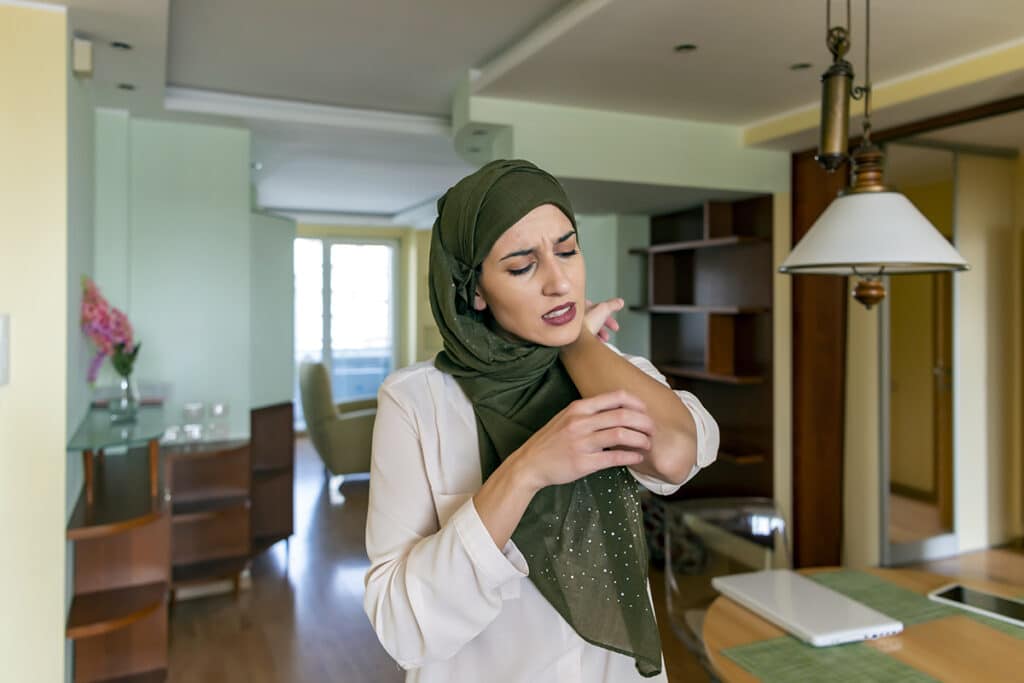
Injuries can happen to anyone at any time regardless of age, gender or lifestyle. One of the most common injuries that affect athletes, or people who engage in repetitive arm movements is the UCL sprain. The UCL or ulnar collateral ligament is a band of tissues that connect the ulna bone to the humerus and is located in the inner side of the elbow. When the UCL gets overstretched or torn it can cause pain, swelling and limited range of motion. In this blog post, we’ll discuss everything you need to know about elbow UCL sprain symptoms and how to manage them.
Pain and Tenderness
One of the most common symptoms of an elbow UCL sprain is pain and tenderness in the inner part of the elbow. The pain can range from mild to severe and can worsen when you perform actions that require bending or twisting the elbow. In some cases you may also feel pain when you grip or hold something. Tenderness is also felt when pressure is applied to the affected area.
Swelling and Bruising
Swelling and bruising are also common symptoms of an elbow UCL sprain. Swelling occurs due to the accumulation of fluid in the affected area which makes the elbow appear puffy and swollen. Bruising can also develop especially if there is internal bleeding in the elbow joint. The bruising can range from mild to severe and can sometimes extend to the forearm and hand.
Stiffness and Weakness
Elbow UCL sprain can also cause stiffness and weakness in the elbow joint. Stiffness can occur due to the inflammation of the ligament, which makes it difficult to move the elbow joint. You may also feel a limited range of motion and difficulty straightening your arm. Weakness, on the other hand, occurs due to the instability of the elbow joint, which makes it difficult to lift or carry objects.
Numbness and Tingling
In some cases, an elbow UCL sprain can also cause numbness and tingling in the hand and fingers. This occurs when the ulnar nerve, which runs along the UCL, gets compressed or irritated due to the injury. The numbness and tingling can be felt in the ring finger and little finger, and can sometimes extend to the palm of the hand.
How to Manage Elbow UCL Sprain Symptoms
If you experience any of the above symptoms, it’s important to see a healthcare professional as soon as possible. The healthcare professional can assess the severity of the injury, and provide you with the appropriate treatment plan. Treatment options may include rest, physiotherapy, chiropractic care, medications, or surgery.
Overall, elbow UCL sprain can cause various symptoms, from pain and tenderness to stiffness and weakness. It’s important to manage these symptoms effectively in order to prevent the injury from worsening or causing long-term damage. By seeking professional help and following the recommended treatment plan, you can recover from an elbow UCL sprain and return to your daily activities pain-free.
If you have any questions or would like to explore further, please book a free, no-charge online appointment with either myself, Nitin Nair, BPT, R/TRO DIP, PT, or another Kitchener physiotherapy at CARESPACE. We are happy to listen and are here to help!

